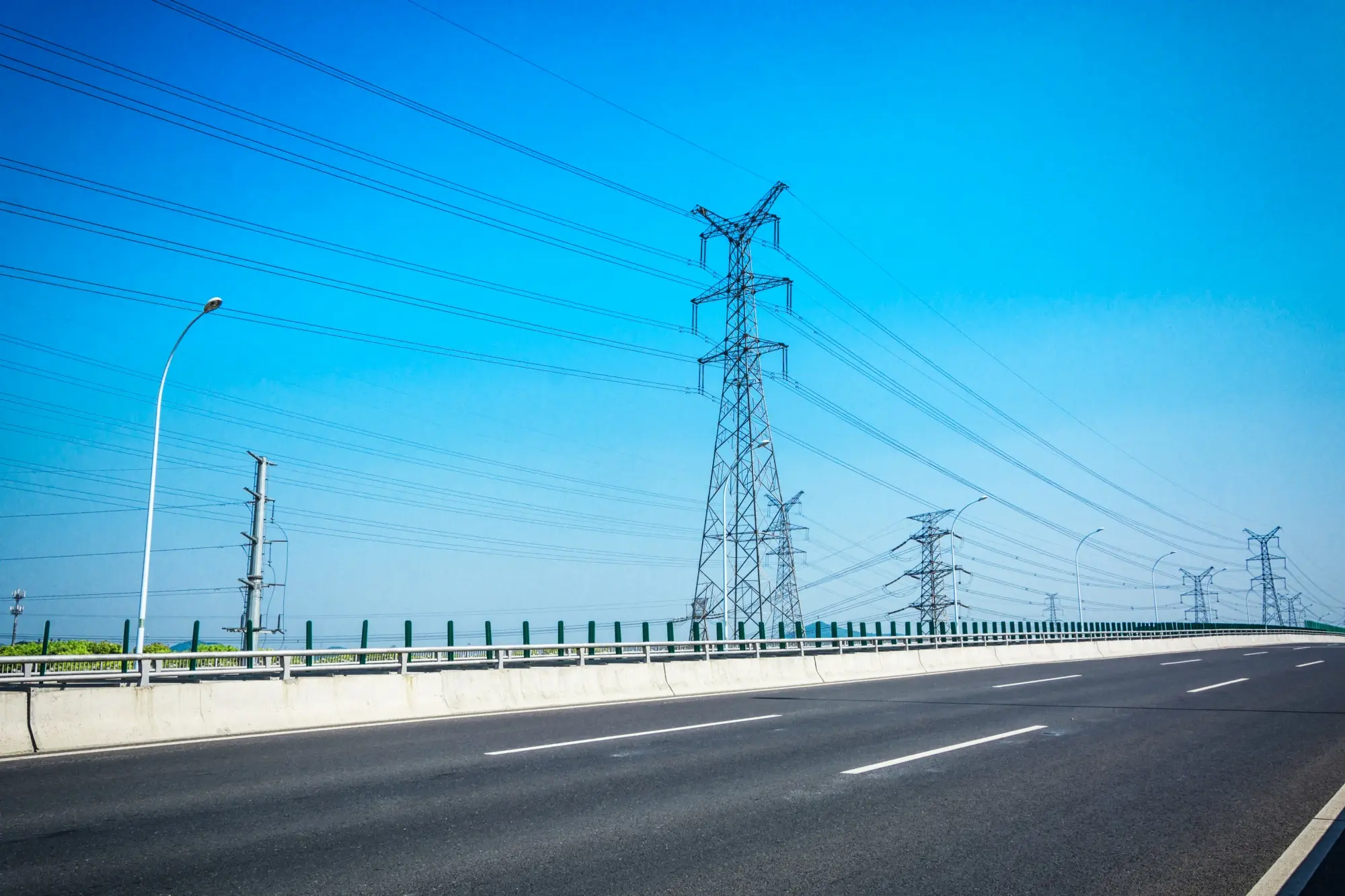August 25-31
- On the night of August 27, Russia launched a massive drone attack on civilian infrastructure, causing serious damage to electricity and gas transmission systems in six regions: Sumy, Poltava, Donetsk, Chernihiv, Kharkiv, and Zaporizhzhia.
- Commercial electricity exports from Ukraine increased by 5% compared to the previous week and amounted to 148.3 GWh. Imports, in turn, fell by 12% to 24.6 GWh.
- The Strategic Investment Council approved the Unified Project Portfolio of Public Investments for 2026, formed on the basis of the medium-term plan for 2026–2028, which includes 89 projects and 60 programs.
- The monthly Base BCM (bilateral contracts market) index for September stood at 4,972.9 UAH/MWh (-8.2% compared to the August index).
- The Regulator made changes to Ukrenergo’s transmission and dispatching tariffs for 2025. The decision is aimed at redistributing costs within the existing tariffs: expenses under the items “ITC Agreement costs” (UAH 1.25 billion within the transmission tariff) and “costs for the purchase of ancillary services” (UAH 363 million within the dispatching tariff) have been reduced, and the freed-up funds have been allocated to increase the wage fund, as well as the services of the settlements administrator and commercial accounting administrator.
- The NEURC raised electricity distribution tariffs for 18 distribution system operators. On average, tariffs increased by 13.5% for voltage class 1 and by 23% for voltage class 2. The changes also stipulate that additional revenues should be used primarily to settle debts owed to the NPC Ukrenergo and to prepare for the 2025/26 heating season.
- For the first time since the start of the full-scale invasion, the State Statistics Service published data on household debt for utilities services: as of the second quarter of 2025, the debt reached UAH 106.6 billion, which is UAH 25.6 billion (+31.6%) more than at the end of 2021. The largest debts are for heat and hot water supply (UAH 35.2 billion) and gas (UAH 32.3 billion).
